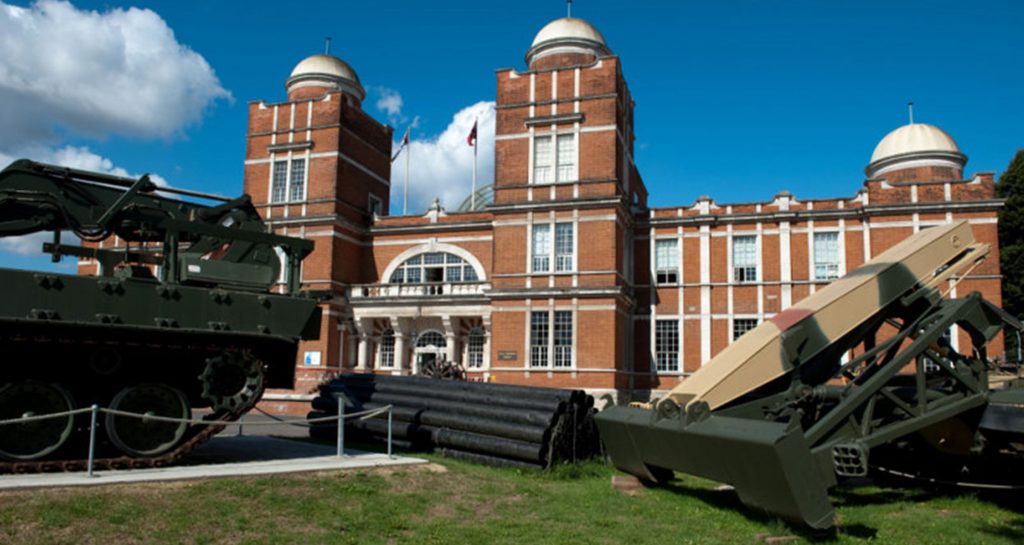Portable, pre-fabricated, truss bridge. It was developed by the British during the Second World War for military use and saw extensive use by British, Canadian and the American military engineering units.
Bailey Bridge construction was taught extensively at Brompton Barracks, Chatham, Kent during the Second World War. 75 years on you can still find Baily Bridges standing strong in hidden areas of Kent. Most notably the Ford Green Baily Bridge near the village of Golden Green, Kent still stands proving a crossing over the river Medway for agricultural vehicles and pedestrians.

The idea of the Bailey Bridge came about based on an idea proposed by Sir Donald Coleman Bailey, a civil engineer, who as a young boy built toy bridges which gave him the ideas for his Bailey Bridge designs.
Trials of his design began in late 1940 with Royal Engineers to see if his designs could work. The Bridge had to be designed so that it could withstand a verity of military vehicles used by the allies ranging from the simple truck to the heavy tanks that where coming into use. The trials were successful and production began in July 1941, and by December 1941, the Bailey Bridge was being delivered to engineer units in Britain.
What made the bridge easy to construct was the requirement of no special tools or heavy equipment to assemble. The wood and steel bridge elements were small and light enough to be carried in trucks and lifted into place by hand, without requiring the use of a crane. The bridge was designed so that it could withstand a varity of military vehicles used by the allies ranging from the simple Jeep to the heavy tanks such as the Churchill and Sherman.
Both American and British generals have sung the praises of Bailey Bridge as being one of the key factors in the Allied victory. The first operational use of Bailey Bridge was built by 237 Field Company R.E. over the Medjerda River near Medjez el Bab in Tunisia on the night of 26 November 1942. Between 1941 and 1945 production totalled over 490,000 tons of Bailey bridge used in all theatres of the war with the largest increase in production being in early 1944 prior to the Normandy landings used in all theatres of the war. The longest Bailey bridge ever constructed was built over the River Muss in Gennep, Holland during the Second World War. The bridge was built to cover the flooded area after the German Army had destroyed the flood defences. The bridge spanned around 4224 feet long. Allied Generals such as Montgomery and Eisenhower considered the use of Bailey Bridge as on the key winning factors that won the war. With Sir Donald Bailey being knighted for his innovative and successful bridge design in 1946.
Curriculum Links:
You can jot down some notes for your future references using the form below. Fill in the details about the object and any notes you deem important. You can save and print this too.